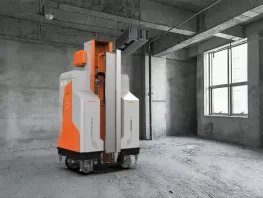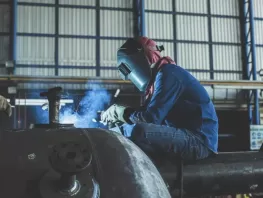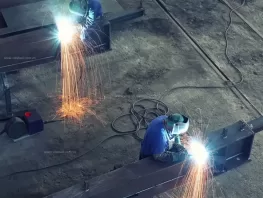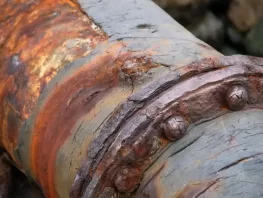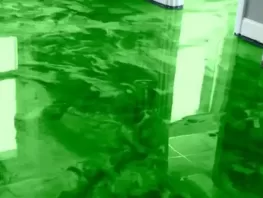As long as you take the right precautions, that is.
Painting when the weather is changing is not your run of the mill paint job, but it is definitely achievable. The key is to know what you are doing. By that, we mean knowing what type of paint to use, what temperature the substrate/paint should be, how cold the temperature can actually be, when to paint, and other factors that make or break a quality paint job. So let’s get started!

Next, let’s talk about the substrate. Forget the temperature of the environment you are painting, check the temperature of the surface. If the surface is below 50ºF, you will undergo some challenges. This includes effects such as cracking and improper film formation which will eventually lead to the touch-up coat looking several shades lighter than the base coat. Equivalently, if the paint is too cold when applied to the substrate, it may not adhere smoothly, leading to film buildup. A huge problem with film buildup is not only the aesthetics, but the cure time and the paint will take an abnormal amount of time to dry. Another factor is the sheen can be inconsistent, showing glossy in some areas and flat in others. Make sure the substrate and the paint are at or above the manufacturer’s recommendations. It is very important that you understand the proper application of the materials being used, so make sure to read the Product Data Sheet!

The ideal season to paint an exterior would obviously be late, spring, summer, and early fall. But, this does not limit you during the colder months (November, December, January, February)! Exteriors can be painted any time of the year, as long as you are careful and put all factors into consideration. So what temperature is too cold to paint? Well, the best temperature for most paints is above 50ºF. However, most exterior paints can be applied as low as 40ºF; other colder weather paints can be applied as low as 35ºF and high performance epoxy/urethane coatings can be applied as low as 20ºF. This temperature must be considered throughout the day and night. The best time to paint an exterior project is midday. During cooler periods you may not be able to start and finish at any time you please. Make sure the temperature is above the paint manufacturer’s recommendations for at least a 48-hour period.
These “other factors” that we are talking about, that could seriously make or break a quality paint job, are moisture and humidity. Without being said, rain and snow are obviously red flags when considering painting. However, relative humidity and dew point could potentially be red flags as well. Humidity and oil-based paints do not mix. In fact, humidity may turn the paint blotchy or show color-variations in the film. Condensation can have similar effects. It may cause bleed or shadowing in the surface which cause variations such as blotches, dark streaks, or glossiness on the paint film. Wait at least 12 hours after a good rain to start painting and do not only wipe down the surface, but make sure it is completely dry my using a moisture meter.
The above information is not to keep you from painting your exterior during colder weather, but to help you understand that you must put a lot more into consideration than a regular paint job. The most important consideration is who you hire. Find a painting contractor that you can trust; one that will inform you what type of coating system they are going to use, when the right time for them to paint is and when the wrong time for them to paint is. Here at Alpine, we keep customers in the loop. We give a detailed proposal of the job, we are constantly communicating and responding to our customers’ concerns, and we get the job done in a timely professional manner. If you have a job coming up during this month give us a call at (973)279-3200 or email us at Info@AlpinePainting.com.
